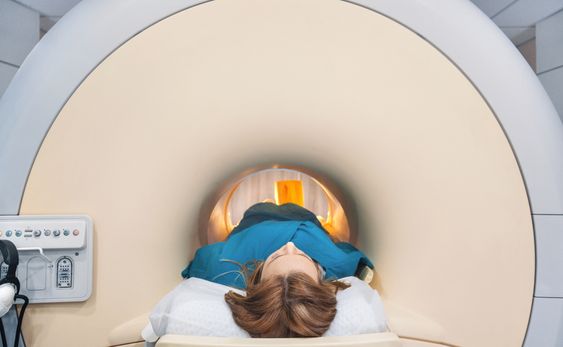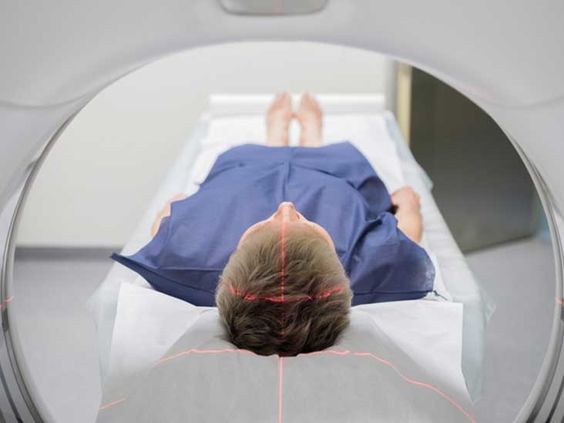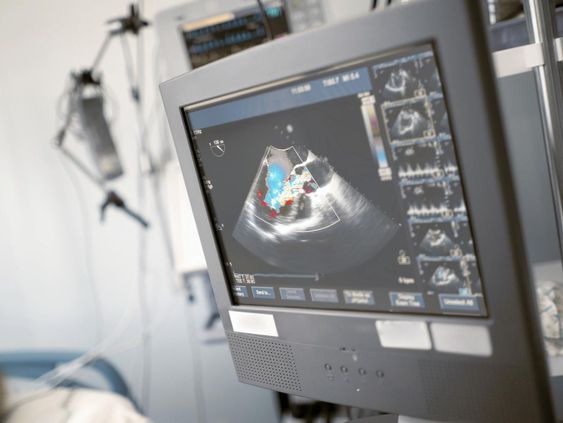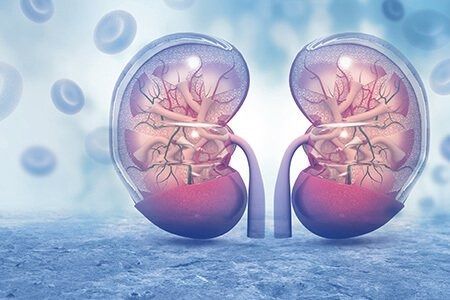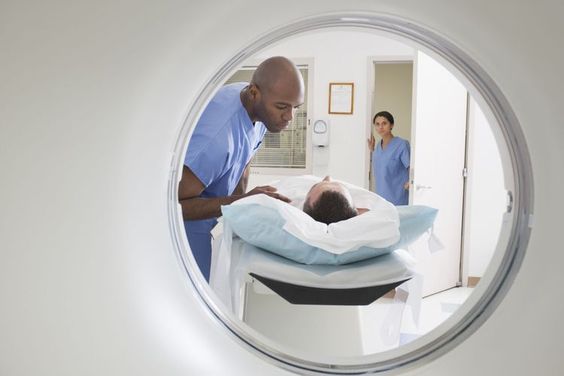Procedures & Tests
What is an Endoscopy and When is it Needed
What is an Endoscopy?
An endoscopy is a procedure that allows doctors to view the inside of your body using an endoscope. An endoscope is a long, flexible tube with a light and camera attached to it.
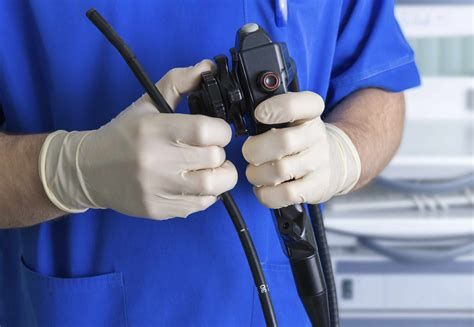
During an endoscopy, the endoscope is inserted into your body through a natural …
What to Expect During an MRI Scan
What to Expect During an MRI Scan
An MRI scan, or magnetic resonance imaging scan, is a diagnostic procedure that uses a strong magnetic field and radio waves to create detailed images of the organs and tissues in your body. It's a painless and non-invasive procedure that can be used …
Understanding ECG,EKG: Heart Health Monitoring
Introduction
An electrocardiogram (ECG or EKG) is a painless, non-invasive test that records the electrical activity of your heart. This vital diagnostic tool provides valuable insights into your heart's rhythm, rate, and overall health, helping healthcare professionals detect and diagnose a wide range of cardiac conditions.

Whether you're experiencing heart-related …
The Importance of Regular Pap Smears for Womens Health
The Importance of Regular Pap Smears for Women's Health
A Pap smear, also known as a Pap test, is a screening procedure for cervical cancer. It's a quick and relatively painless test that can detect abnormal cells in the cervix, which can be an early sign of cervical cancer.

Early …
Understanding Common Blood Tests and Their Results
Introduction
Blood tests are a cornerstone of modern healthcare, providing invaluable insights into our overall health and well-being. From routine checkups to diagnosing complex medical conditions, these tests offer a window into the inner workings of our bodies. By analyzing the various components of our blood, healthcare professionals can detect …
The Role of Genetic Testing in Modern Medicine
Introduction
Genetic testing has emerged as a cornerstone of modern medicine, revolutionizing the way we diagnose, treat, and prevent diseases. By analyzing an individual's DNA, genetic testing can provide valuable insights into their predisposition to certain conditions, identify existing genetic disorders, and guide personalized treatment plans. This blog post will …
The Importance of Colonoscopies for Preventative Health
Introduction
Colonoscopies are often viewed with a sense of dread, yet this essential procedure plays a crucial role in preventative healthcare, especially for individuals over the age of 50. While the thought of this examination might make you squeamish, understanding its importance can significantly impact your long-term health outcomes.
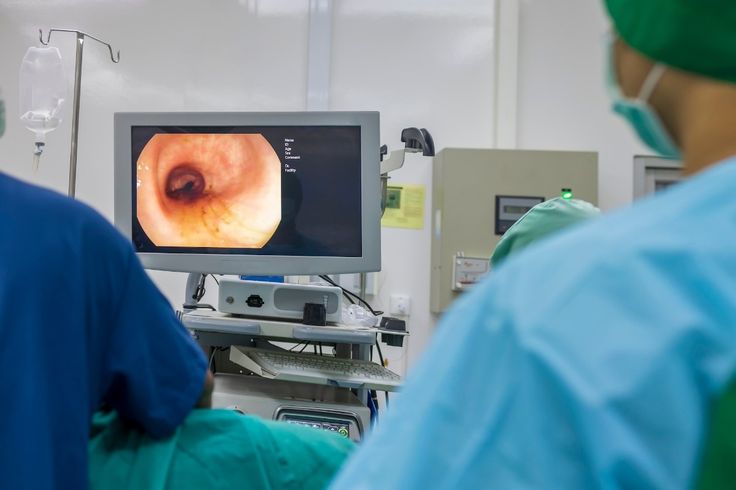
This …
How Ultrasound Technology Works and Its Medical Uses
Introduction:
Ultrasound technology is a non-invasive diagnostic tool that uses high-frequency sound waves to create images of the inside of the body. It is widely used in various medical specialties, including obstetrics, cardiology, and radiology, to diagnose and monitor a wide range of conditions.

Ultrasound works by emitting sound waves …
Everything You Need to Know About Mammograms
Introduction
A mammogram is an X-ray picture of the breast. Doctors use it to look for early signs of breast cancer, even before there are any symptoms. Getting regular mammograms is one of the most important things you can do for your health.

Mammograms are used to detect breast cancer …
How PET Scans Help in Diagnosing Diseases
Introduction
A positron emission tomography (PET) scan is an imaging test that helps reveal how your tissues and organs are functioning. This technique uses a radioactive drug (tracer) to show this activity. The tracer is injected into a vein in your arm, and its movement is tracked by the PET …
What an Echocardiogram Can Tell You About Your Heart
What an Echocardiogram Can Tell You About Your Heart
An echocardiogram, often referred to as an echo, is a painless, non-invasive test that uses sound waves to create images of your heart. This test provides your doctor with detailed information about your heart's structure and function, allowing them to diagnose …
What to Expect During a Sleep Study
Introduction:
A sleep study, technically known as a polysomnography, is a test designed to diagnose sleep disorders. It monitors your body’s activity while you sleep, providing valuable insights into your sleep cycles and identifying any potential issues. This comprehensive evaluation can be instrumental in addressing a variety of sleep …
What Happens During a Biopsy and What It Can Reveal
Introduction
A biopsy is a medical procedure that involves taking a small sample of tissue from the body for examination under a microscope. This tissue sample can be taken from almost anywhere in the body, including the skin, organs, bones, and even the brain.

Biopsies are performed for a variety …
Understanding Dialysis: Treatment for Kidney Failure
Introduction
Our kidneys play a vital role in maintaining our overall health. They filter waste products from the blood, regulate blood pressure, and produce hormones that are essential for red blood cell production and bone health. When kidneys fail, these functions are compromised, leading to a build-up of toxins in …
Allergy Testing: Types, Procedures, and What to Expect
Introduction
Living with allergies can be a frustrating and sometimes debilitating experience. From the sniffles and sneezes of hay fever to the itchy eyes triggered by pet dander, allergies can significantly impact our quality of life. Fortunately, allergy testing provides a valuable tool for identifying the specific substances that trigger …
Bone Density Tests: Why They’re Important for Osteoporosis
Introduction
Osteoporosis, often dubbed the "silent disease," is a condition that weakens bones, making them fragile and susceptible to fractures. The scary part? It often progresses without noticeable symptoms until a bone breaks. That's why early detection is crucial, and that's where bone density tests come into play.
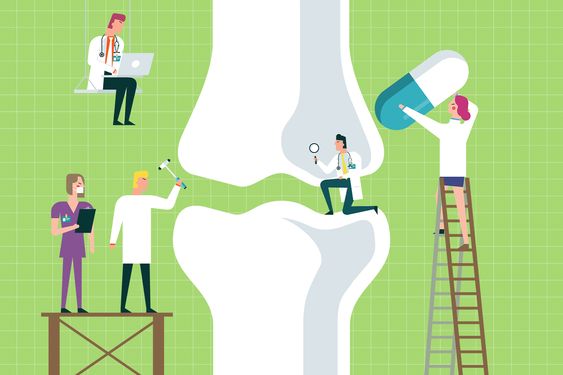
A bone …
CT Scans: When and Why They Are Needed
Introduction
A computed tomography (CT) scan is an imaging test that uses X-rays to create detailed pictures of your body. Unlike a regular X-ray, which takes a single picture, a CT scanner takes many X-rays as it rotates around you. A computer then combines these images to create cross-sectional pictures …
How Spirometry Tests Help Diagnose Lung Conditions
Introduction:
Spirometry is a simple, painless breathing test that measures how well your lungs work. This test is crucial for diagnosing and monitoring various lung conditions. During a spirometry test, you will be asked to breathe into a device called a spirometer, which records the amount and the rate at …

